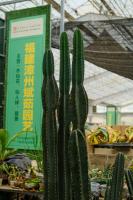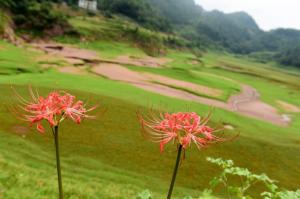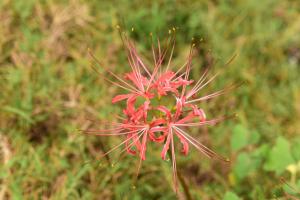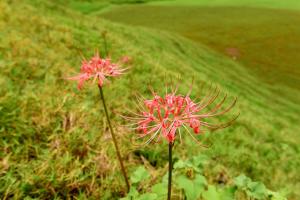1、 Curing method
1. Temperature: it likes a cooler environment. Specifically, it is more appropriate to keep it at 15 to 20 degrees. Wild Lycoris also grows in cool places. It is a plant that is not resistant to high temperature, so some cooling measures need to be taken in summer. However, its cold resistance is good
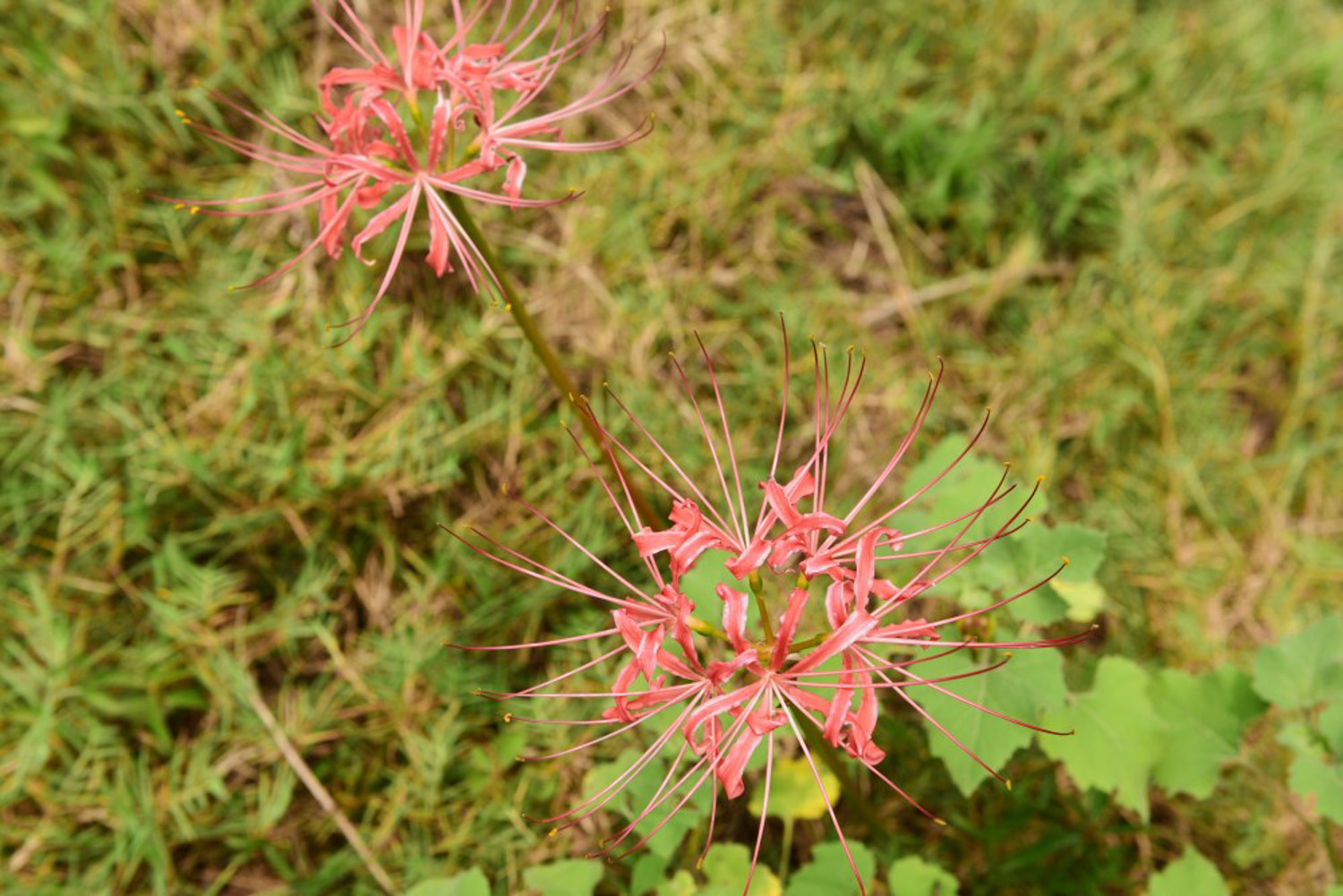
2. Illumination: it has strong adaptability to sunshine. It itself likes half shade, but its ability to withstand exposure will also be relatively strong. Therefore, it will not be harmful to be directly exposed to strong light in a short time. However, generally speaking, it will grow better in semi overcast places, so it can provide astigmatism
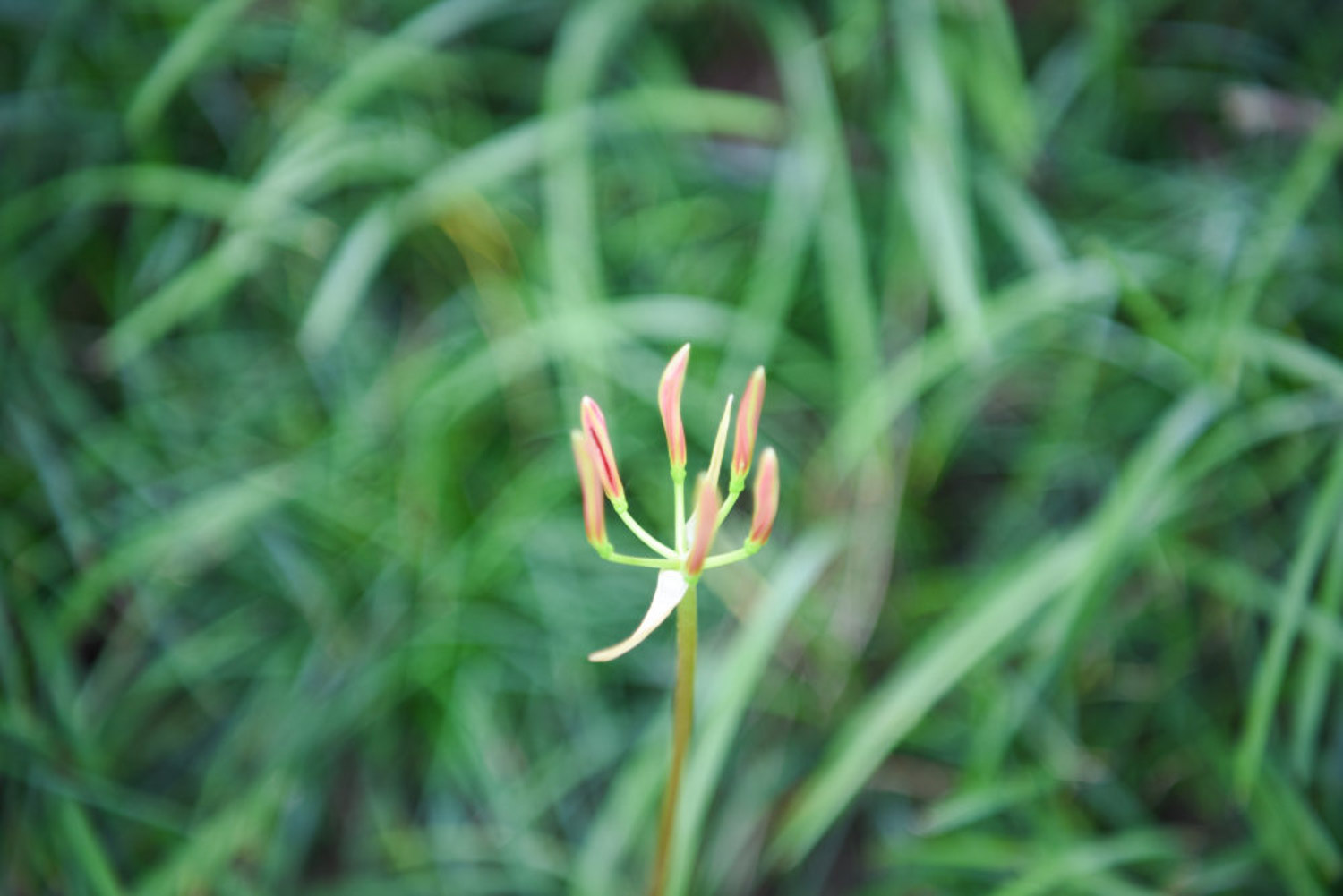
3. Watering: its adaptability to water is also relatively high. It likes humidity, but it can also tolerate drought. However, during the growth period and flowering period, try to keep the substrate wet
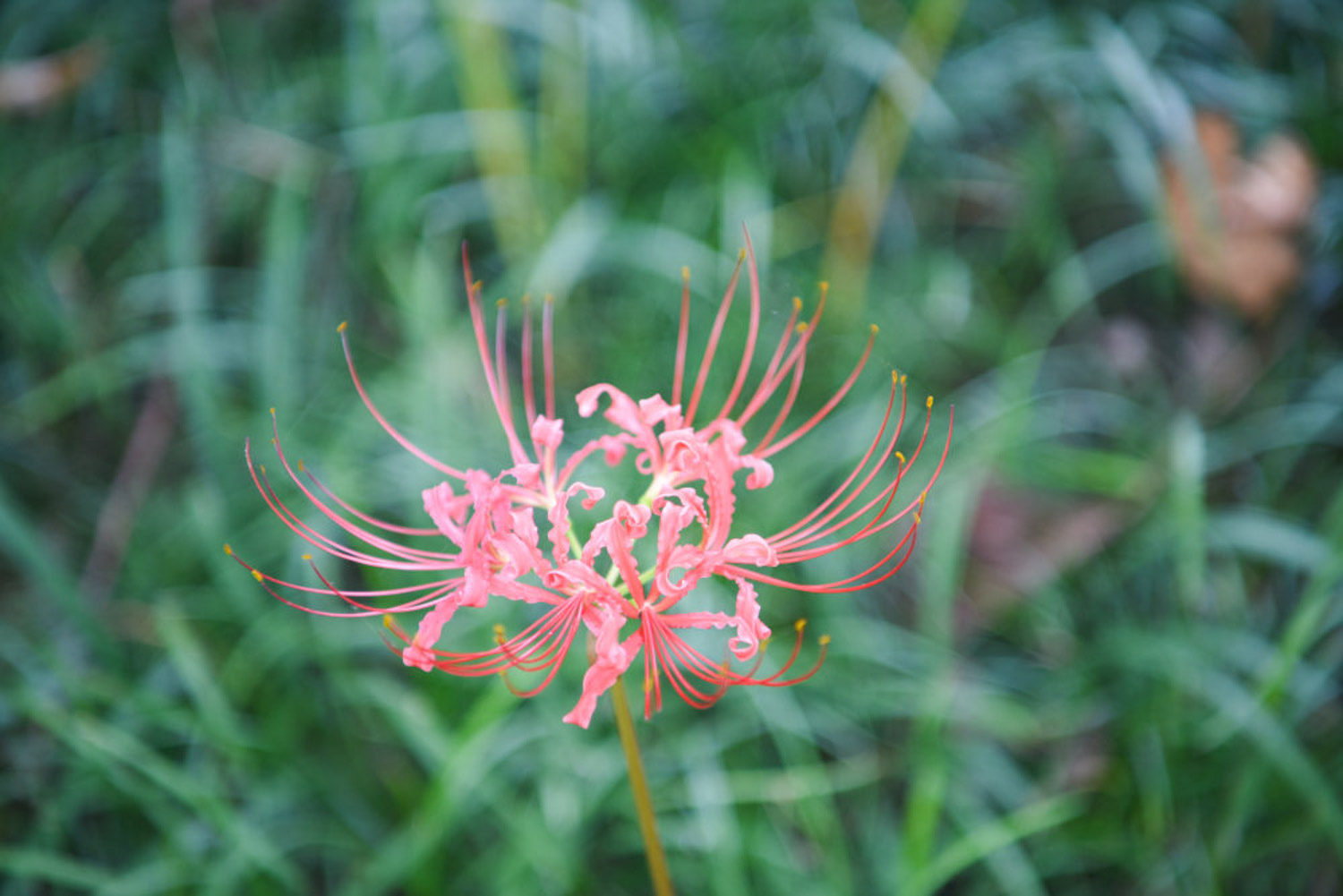
4. Fertilization: it does not need much fertilizer and does not have high requirements for nutrients in the soil. Usually, there is no need to apply fertilizer
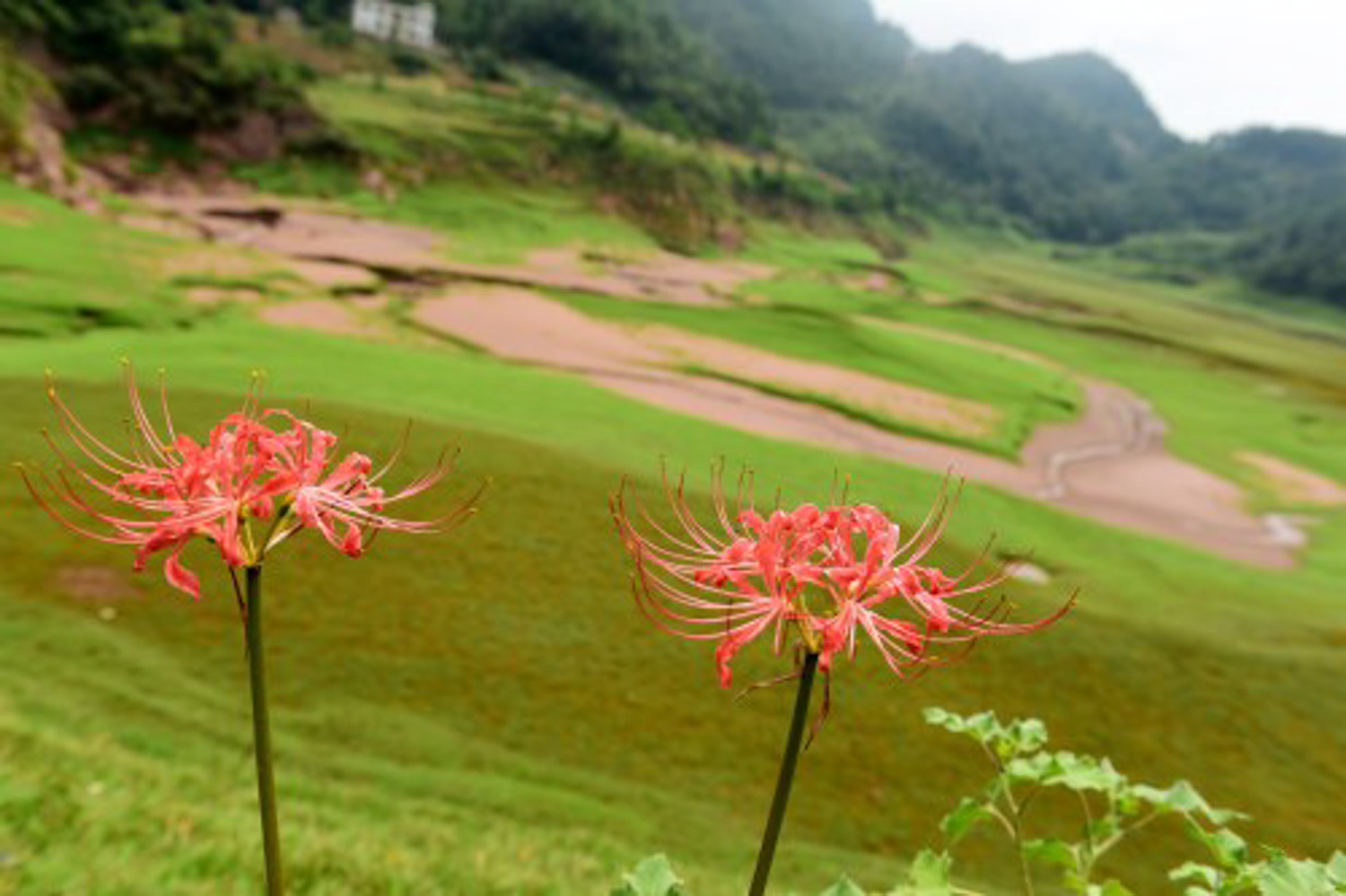
2、 Breeding skills
1. Reproduction: sowing and reproduction can be adopted. However, it should be noted that if this method is adopted, it will take five to six years from sowing to flowering. Seeds need to be sown immediately after collection. The sowing place shall be selected in advance, and the main consideration is whether the air permeability is good or not. After sowing, it needs to be watered, and then it needs to block the strong light
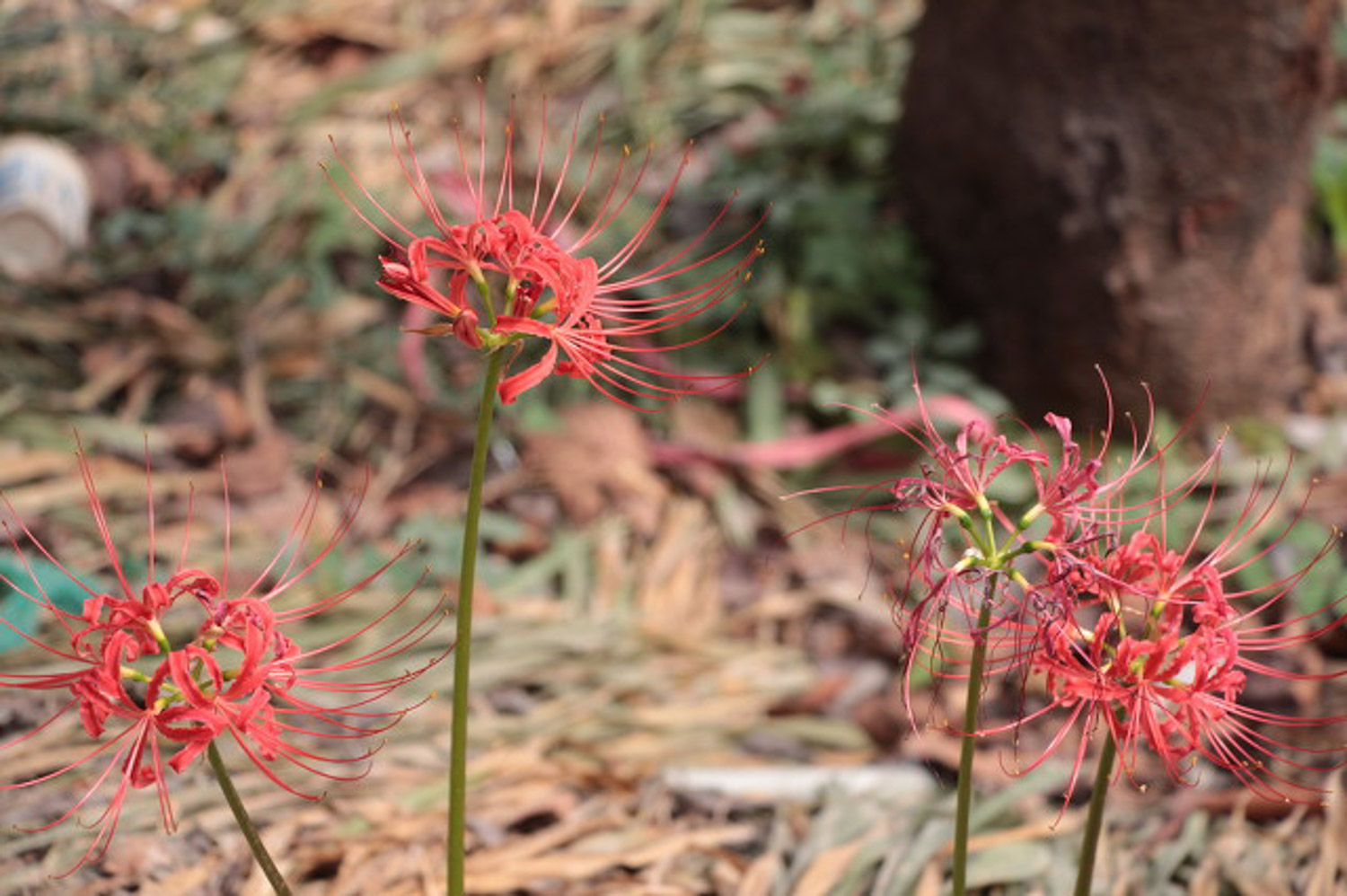
2. Change basin: it can also be potted culture. At this time, we need to pay attention to the problem of changing basin. However, because its requirements for soil quality are not particularly high, the interval can be longer. It can be changed every three or four years. When selecting soil, the requirements are not too much. The main consideration is air permeability, and nutrients can also be slightly considered
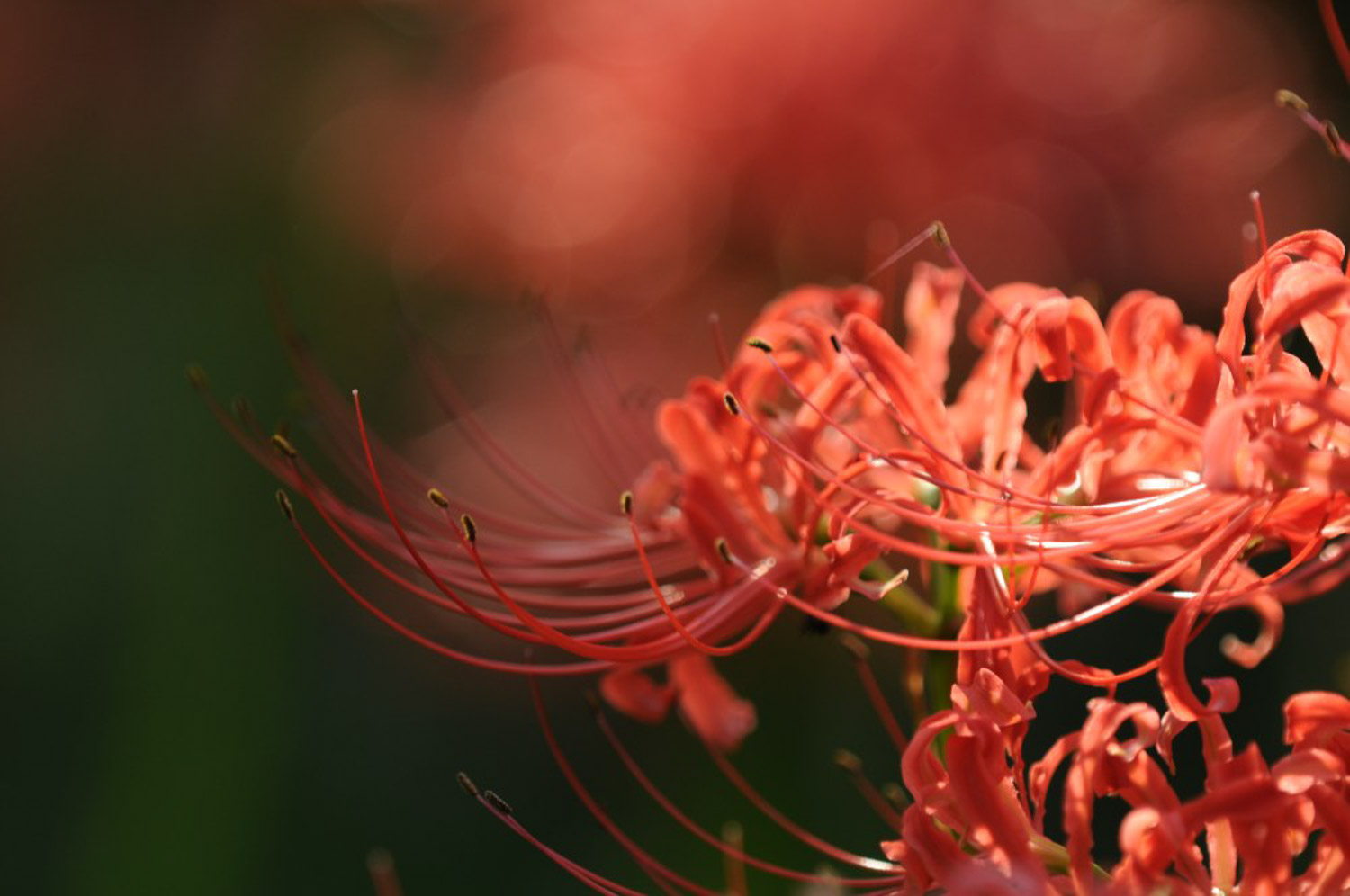
3、 Diagnosis and treatment problems
1. Diseases: common species are "soft rot", which will cause the plant to turn brown and, in serious cases, cause it to die. It can be sprayed with benlaite
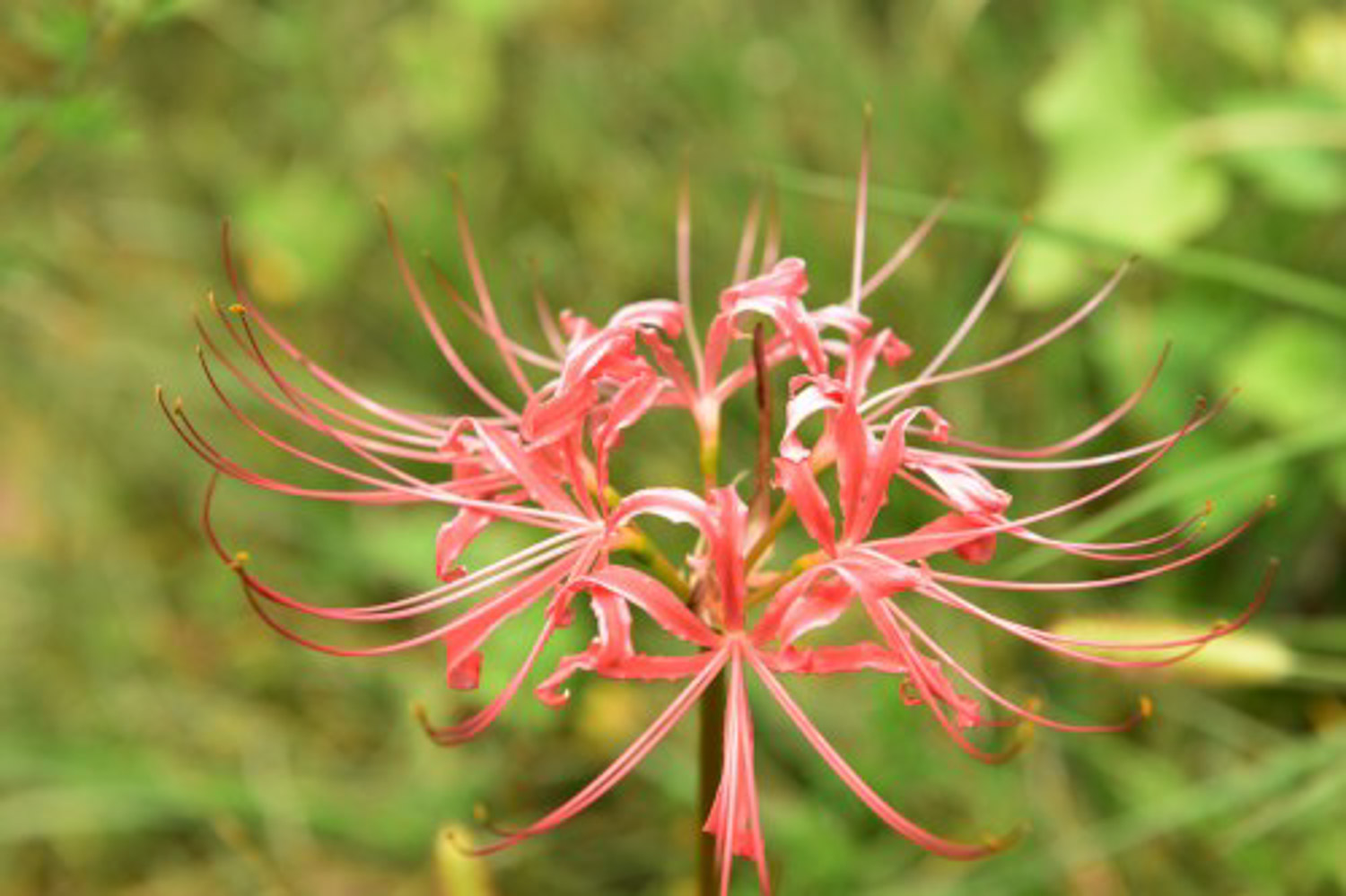
2. Insect pests: there are many kinds, including "grub", "Lycoris Spodoptera", and "twill Spodoptera" and so on. The most dangerous part of them is the leaf. Some chemicals can be sprayed, and the seriously damaged leaves can be cut off in time
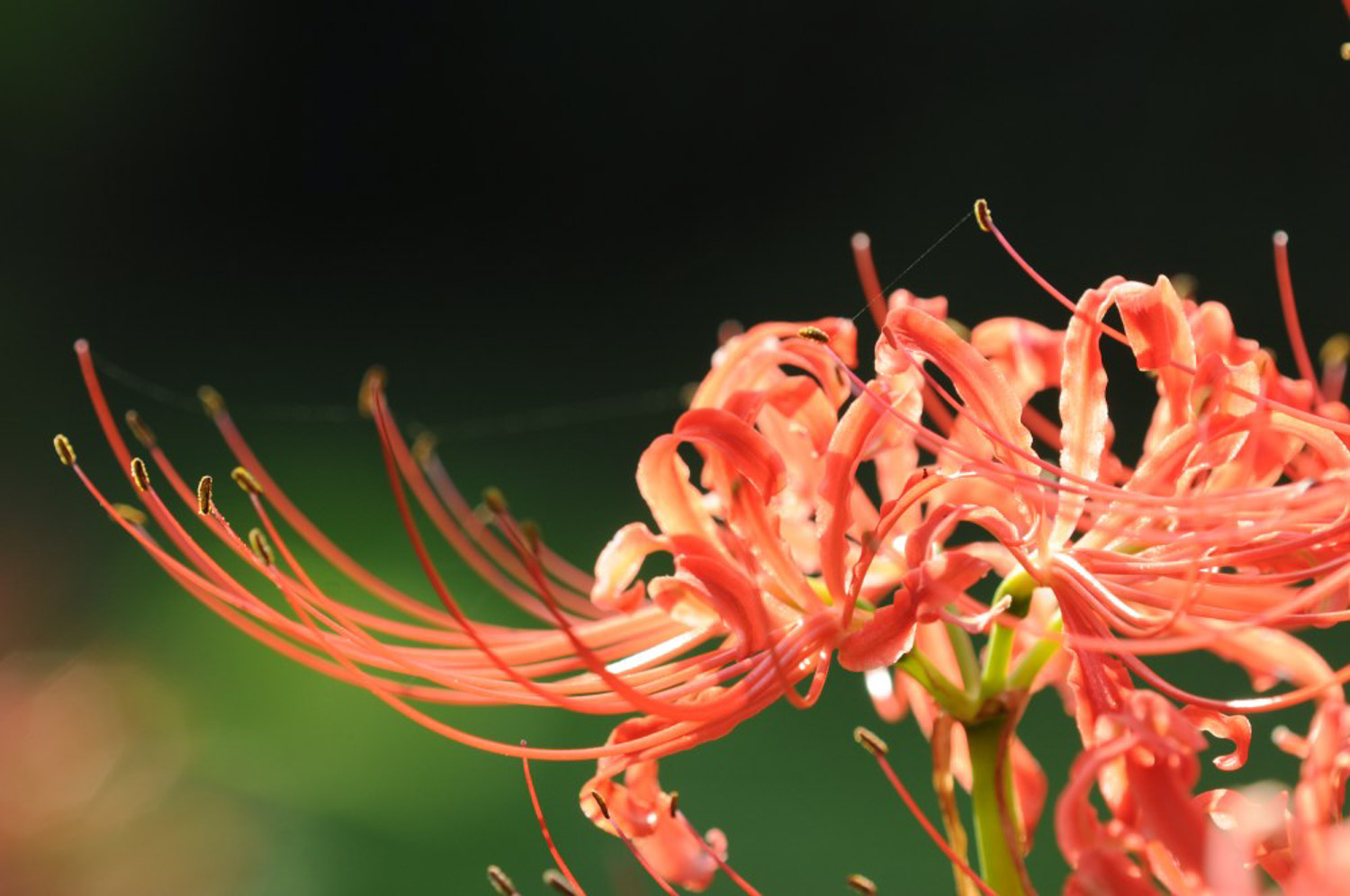
4、 Other issues
1. Flower language: it has many flower languages, such as "independence", "enthusiasm", "goodbye" and so on
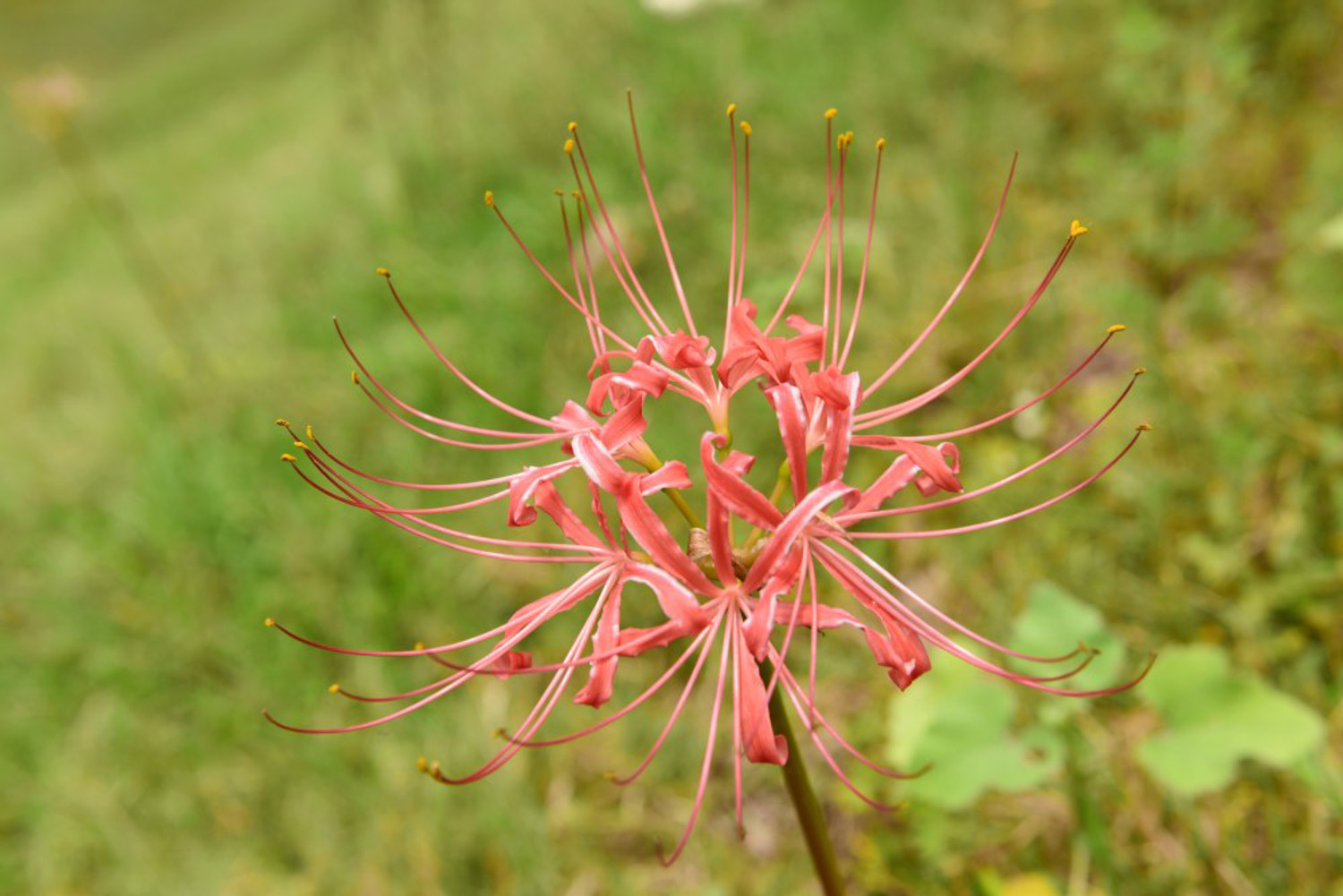
2. Toxicity: it is toxic, especially seeds
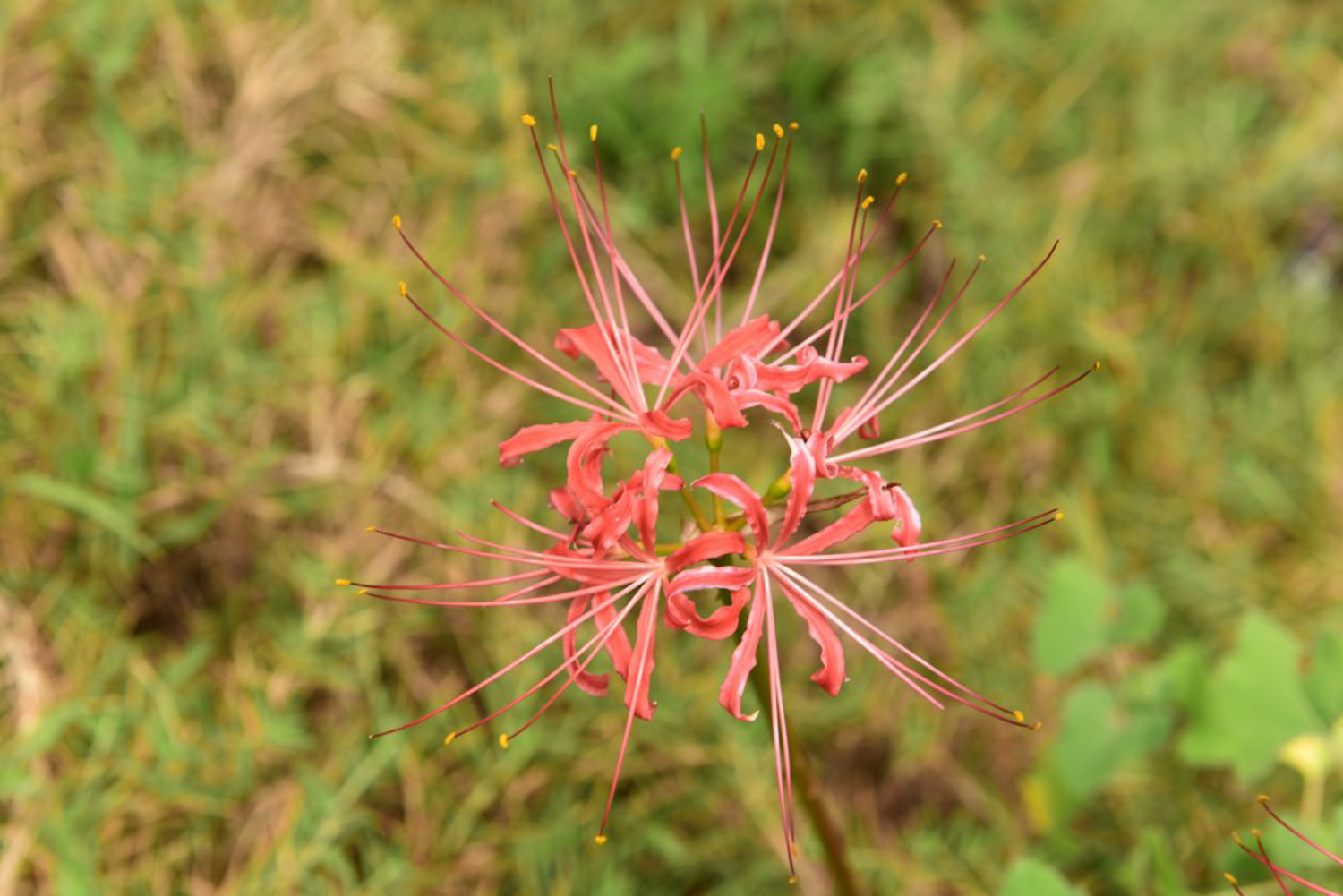

 jackfruit
jackfruit snake plant
snake plant hibiscus
hibiscus hydrangea
hydrangea lavender
lavender Green roses climb al...
Green roses climb al... If you don't pay att...
If you don't pay att... Management of four g...
Management of four g...